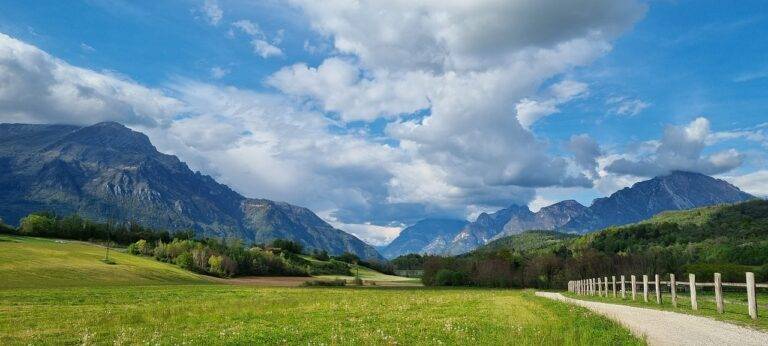Exploring Agroforestry Practices Around the World: Sustainable Farming Techniques for Food Security
Agroforestry practices bring various advantages to both the environment and farmers. By integrating trees into agricultural lands, farmers can increase their crop yields, improve soil quality, and enhance biodiversity. The presence of trees in agroforestry systems helps in providing shade, which reduces soil evaporation and promotes the growth of various beneficial microorganisms, thus leading to healthier soil conditions. Furthermore, the diversity of plant species in agroforestry systems supports the habitat for beneficial insects and wildlife, creating a balanced ecosystem within the agricultural landscape.
In addition to the environmental benefits, agroforestry practices also have economic advantages for farmers. The combination of trees and crops can provide a diversified source of income, as farmers can harvest both agricultural products and tree products like fruits, nuts, and timber. This not only spreads the financial risk associated with traditional mono-cropping but also provides additional income streams throughout the year. Moreover, the integration of trees into agricultural lands can help mitigate the impacts of climate change by sequestering carbon dioxide, contributing to a more sustainable and resilient farming system.
Types of Agroforestry Systems
Agroforestry systems can vary widely depending on the combination of trees, crops, and livestock integrated within them. Silvopasture is one common type where trees are integrated with pasture or forage crops to support both animal grazing and tree growth. Another prevalent system is alley cropping, where trees are grown in rows alongside cash crops, providing additional benefits such as improved soil health and microclimate regulation.
Agricultural systems like agroforestry play a crucial role in diversifying landscapes and enhancing ecosystem services. A third type of agroforestry system is forest farming, which involves cultivating non-timber forest products under a forest canopy. These systems showcase the potential of harnessing the synergy between trees, crops, and livestock to create more sustainable and resilient agricultural practices.
Importance of Trees in Sustainable Agriculture
Trees play a crucial role in sustainable agriculture by providing a range of environmental, economic, and social benefits. In agroforestry systems, trees help improve soil health by reducing erosion, enhancing water retention, and increasing nutrient availability. By creating a more favorable microclimate, trees can also help protect crops from extreme weather conditions and pests.
Furthermore, trees contribute to the overall biodiversity of agricultural landscapes, supporting a variety of fauna and flora. This diverse ecosystem not only promotes natural pest control but also enhances the resilience of the agricultural system as a whole. Additionally, trees can serve as a source of additional income for farmers through the production of fruits, nuts, timber, and other valuable products.
What are some benefits of agroforestry practices?
Agroforestry practices help improve soil health, increase biodiversity, provide shade for crops, and enhance water conservation.
What are some types of agroforestry systems?
Some common types of agroforestry systems include alley cropping, windbreaks, riparian buffer strips, and silvopasture.
Why are trees important in sustainable agriculture?
Trees play a crucial role in sustainable agriculture by providing habitat for beneficial insects, improving soil fertility, reducing erosion, and sequestering carbon dioxide from the atmosphere.
How do agroforestry practices contribute to sustainable agriculture?
Agroforestry practices help enhance the resilience of agricultural systems, promote biodiversity, reduce the need for chemical inputs, and provide additional sources of income for farmers.
Can agroforestry practices be implemented on all types of farms?
Yes, agroforestry practices can be adapted to suit the specific needs and conditions of different types of farms, including small-scale subsistence farms and larger commercial operations.





